Photography courtesy of Lowell Washburn, all rights reserved.
A seldom observed survivor of Iowa’s historic past, the rare and delicate pasque flower is currently on full display across the state’s also rare native prairie remnants. Pasque flowers are the very first prairie species to display their pastel shades of blue, white and lavender colorings each spring. For most prairie enthusiasts, finding just two or three blooming plants on one prairie would be considered as hitting the jackpot. The species is rare enough that most Iowans will never see one. But at Franklin County’s Kothenbeutel Heritage Prairie – located near Sheffield — the species can be found in exuberant abundance – populating more than a hundred-yard stretch of a single flower laden ridgetop – as many blooming in one spot as I’ve seen in my lifetime.

Protected and managed by the Iowa Natural Heritage Foundation [INHF], Kothenbeutel Prairie is a forty-acre tract of native tallgrass prairie grassland. Listed among the region’s most treasured natural habitats, the tract harbors over 200 hundred species of native prairie plants as well as dozens of migrating or nesting bird species, mammals, and native – often rare – species of insects and reptiles, including prairie skinks and the stunningly beautiful western fox snake.
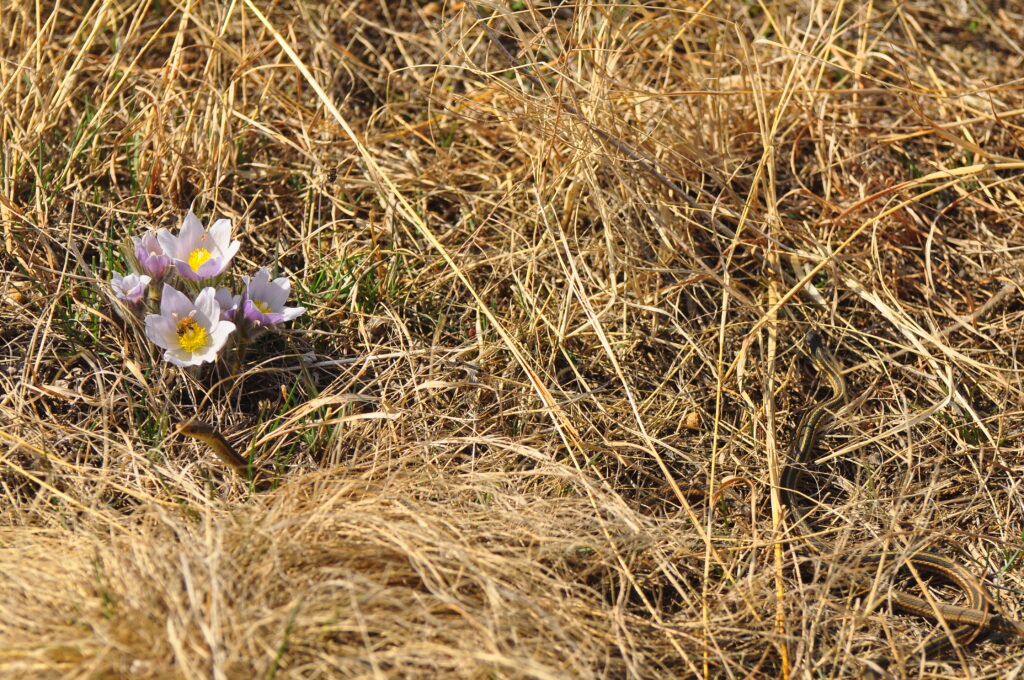
According to INHF Land Stewardship Director, Ryan Schmidt, the prairie was purchased in 2005 from well-known botanist and renowned prairie crusader, Daryl Kothenbeutel. Largely surrounded by highly developed landscapes, the tract provides Iowans with a rare and priceless glimpse into our prairie past. When European settlers first arrived in present day Iowa, an estimated eighty-five percent of the state’s land mass was covered by the tallgrass prairie ecosystem. Today, less than one tenth of one percent remains.
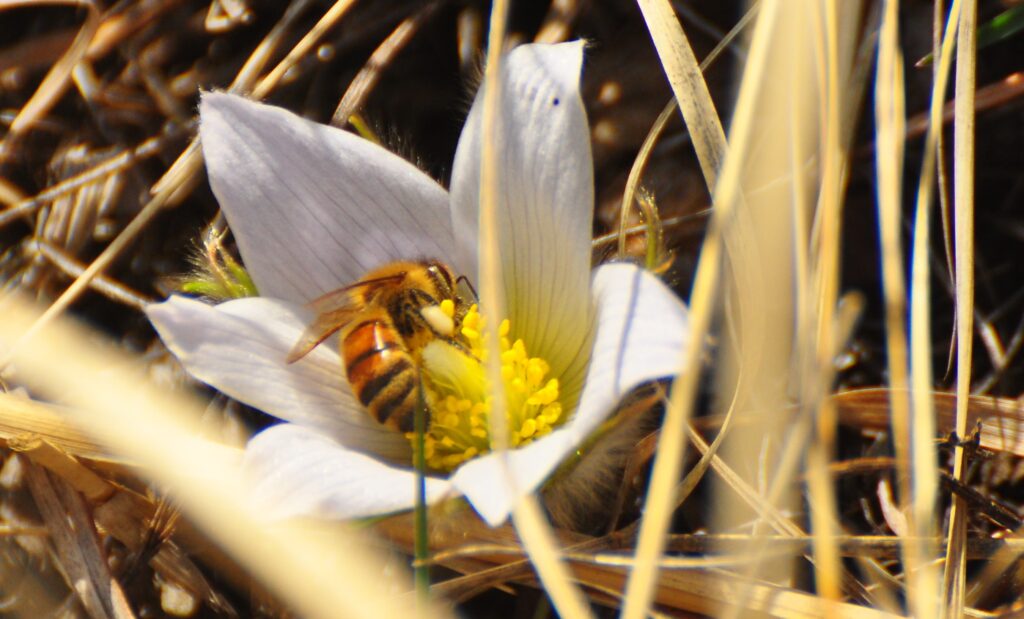

 Susan Judkins Josten
Susan Judkins Josten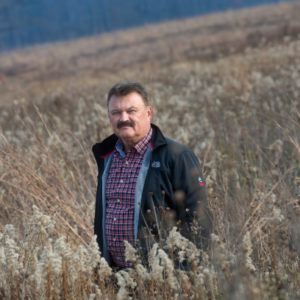 Rudi Roeslein
Rudi Roeslein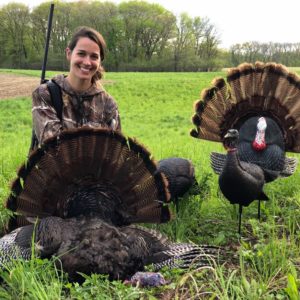 Elyssa McFarland
Elyssa McFarland Mark Langgin
Mark Langgin Adam Janke
Adam Janke Joe Henry
Joe Henry Sue Wilkinson
Sue Wilkinson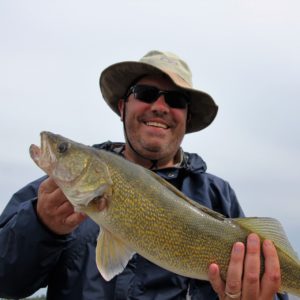 Tom Cope
Tom Cope Kristin Ashenbrenner
Kristin Ashenbrenner Joe Wilkinson
Joe Wilkinson Dr. Tammy Mildenstein
Dr. Tammy Mildenstein Sean McMahon
Sean McMahon